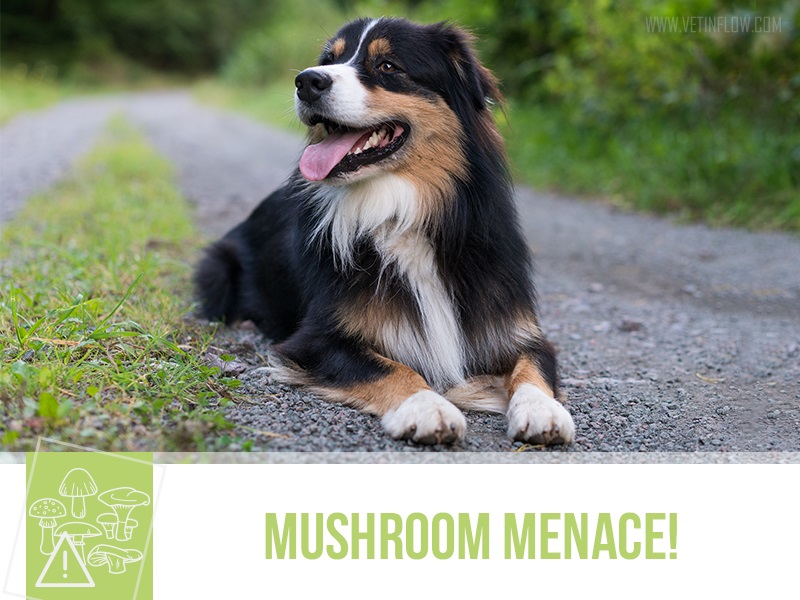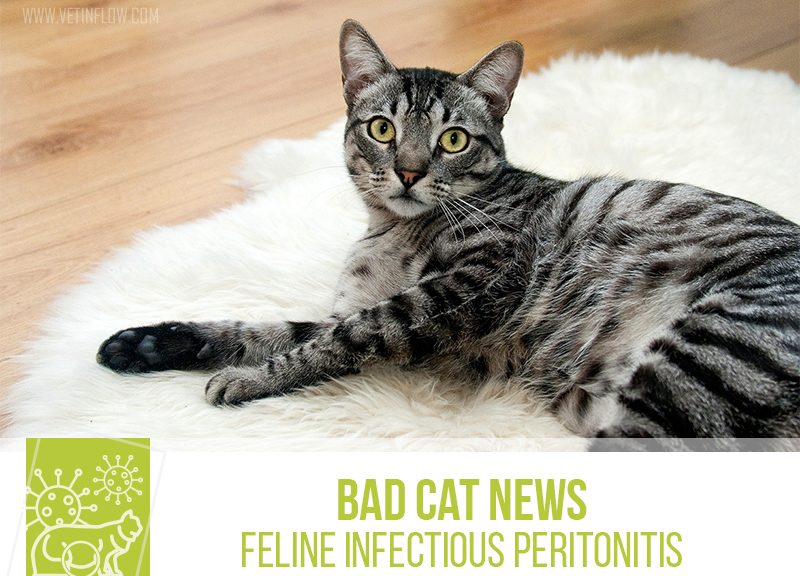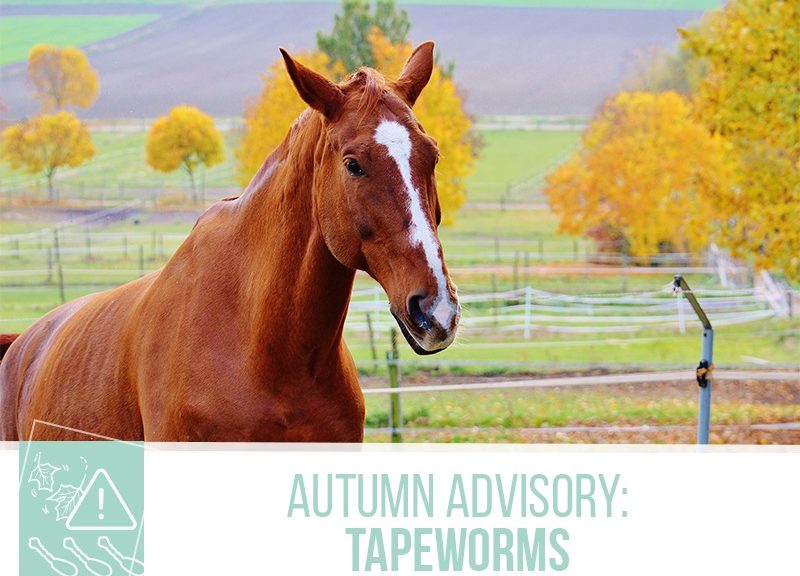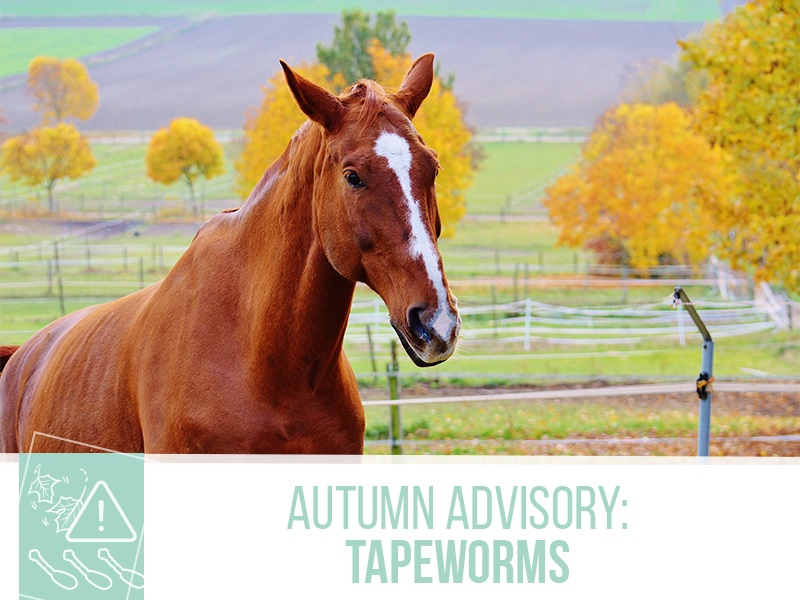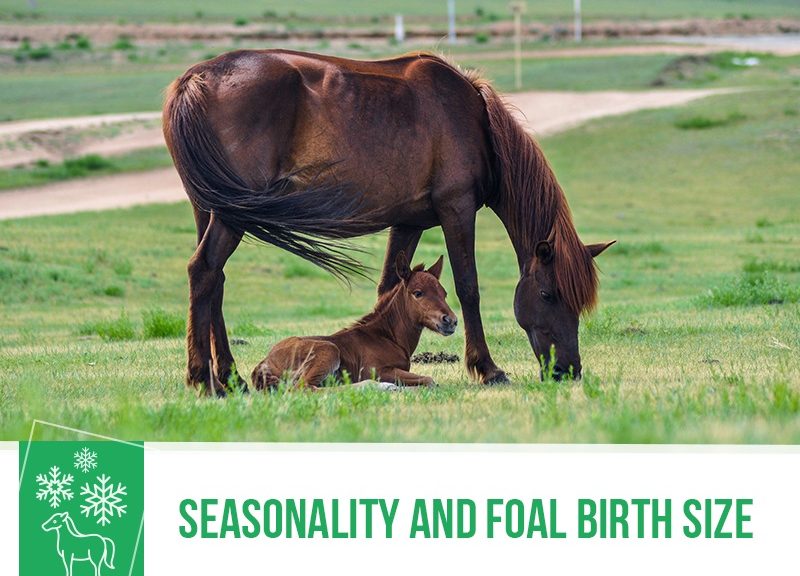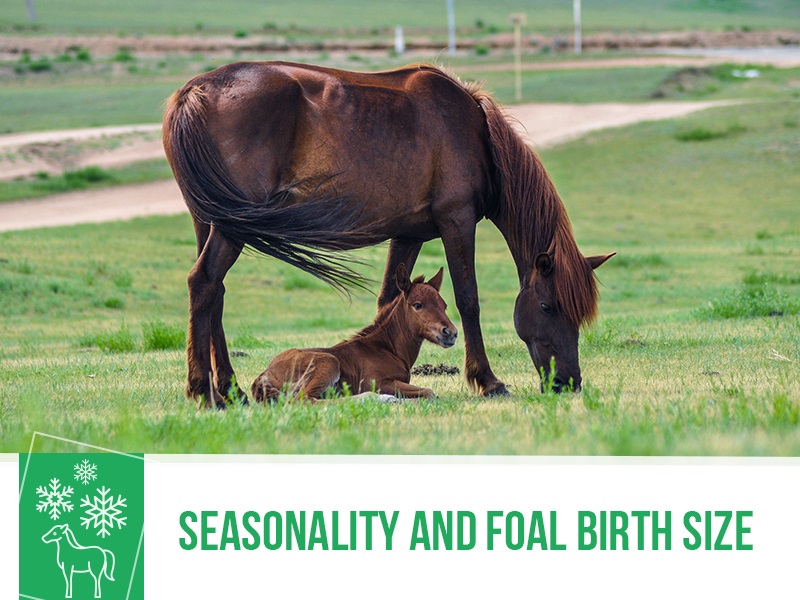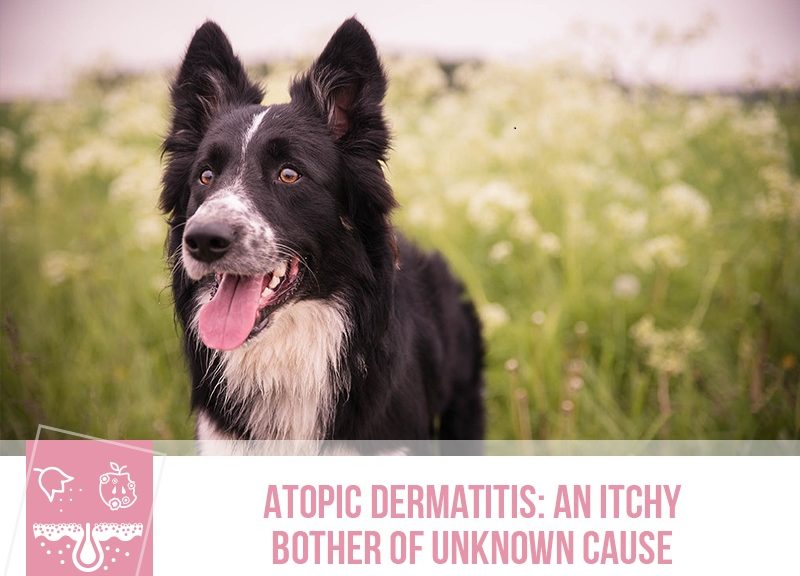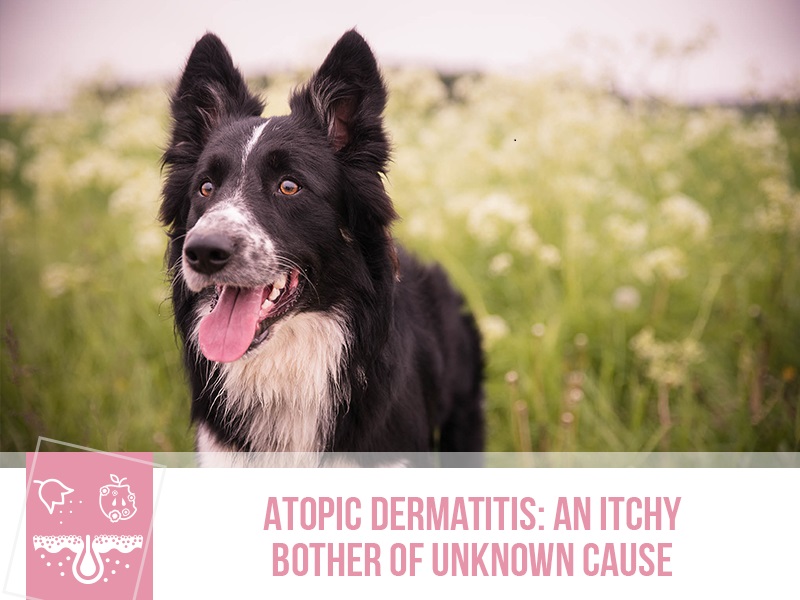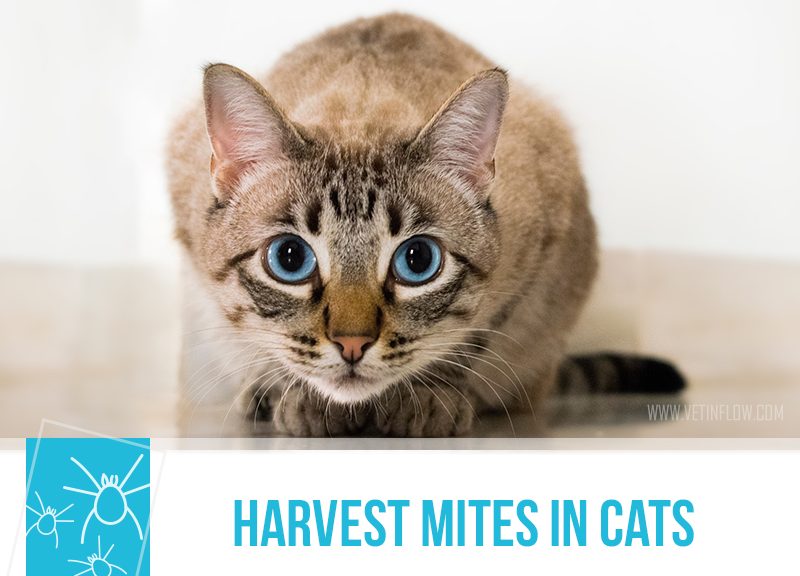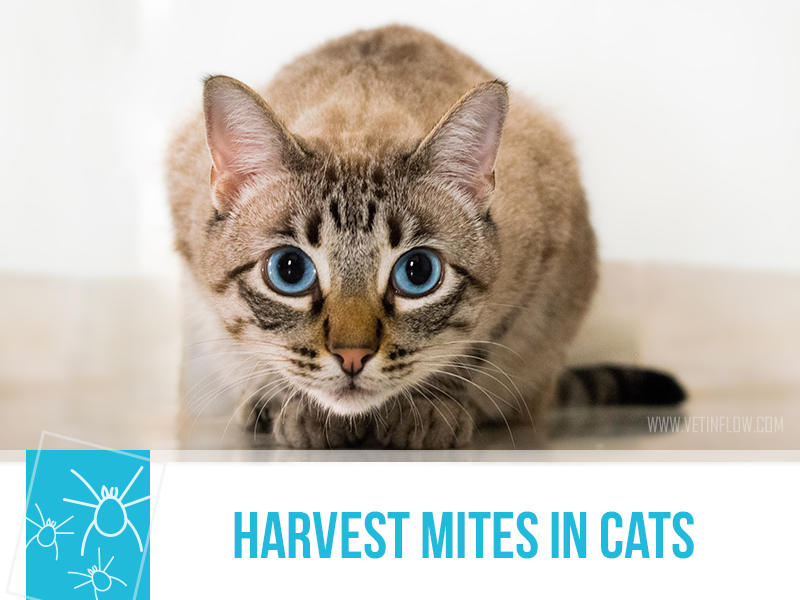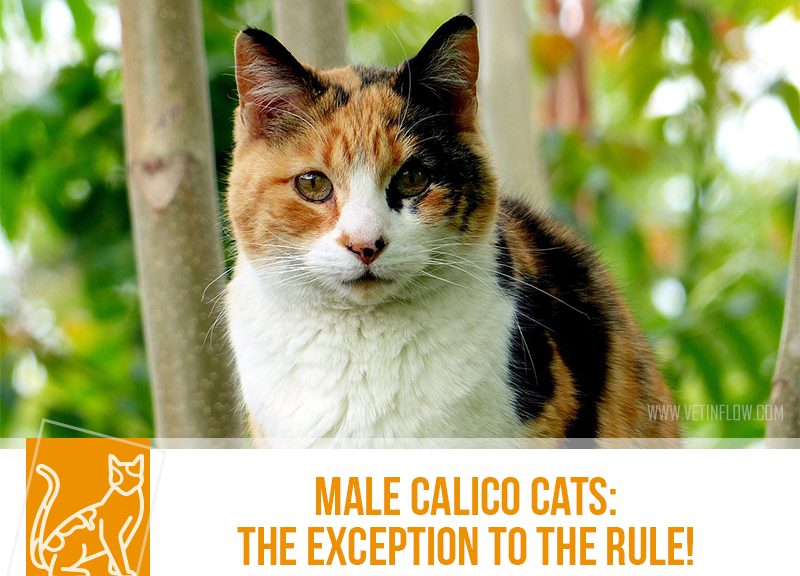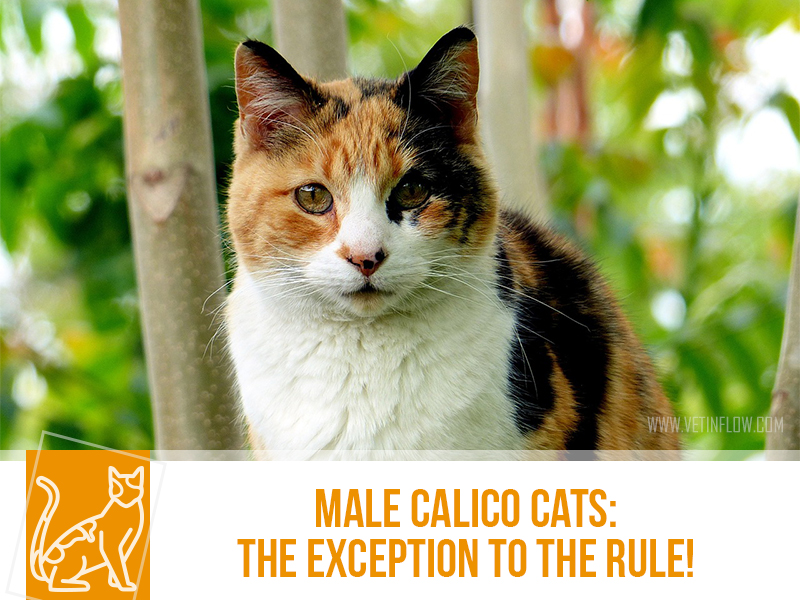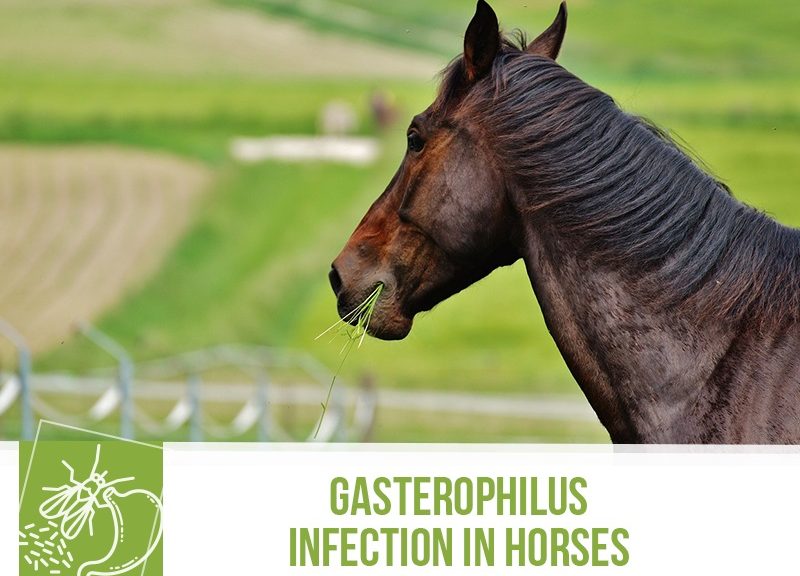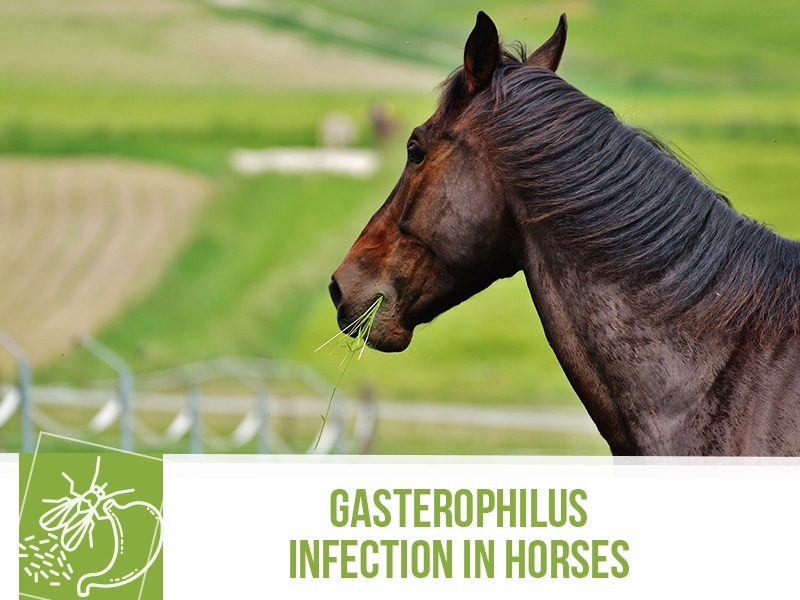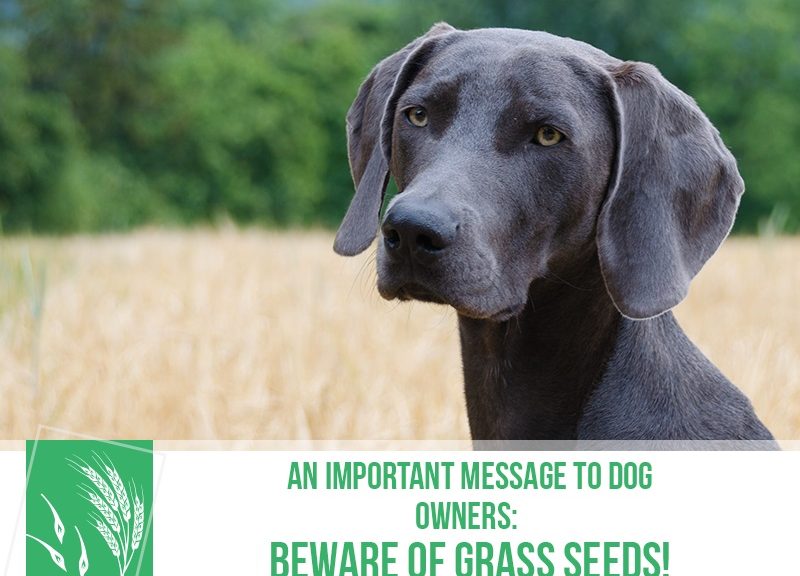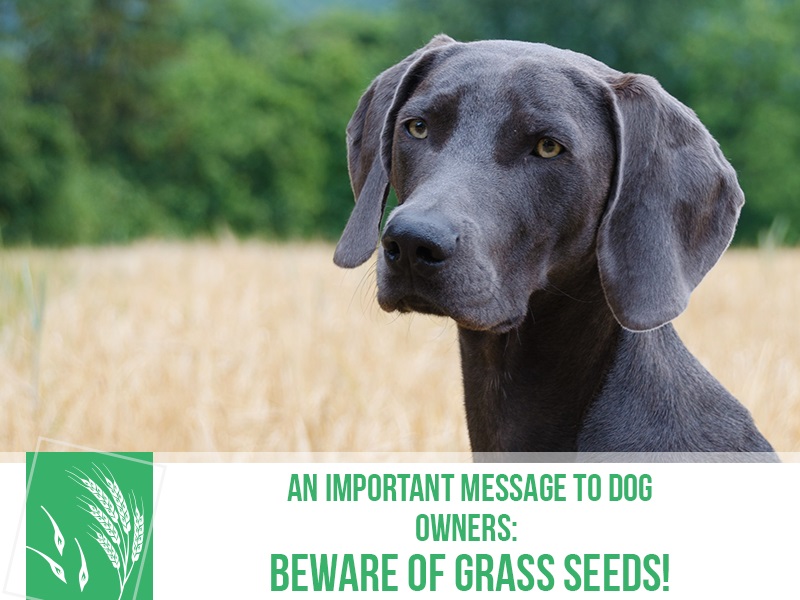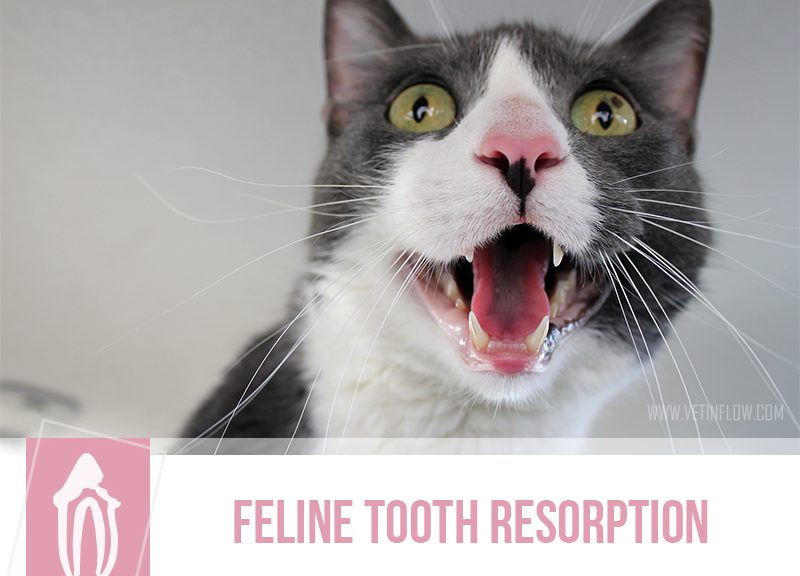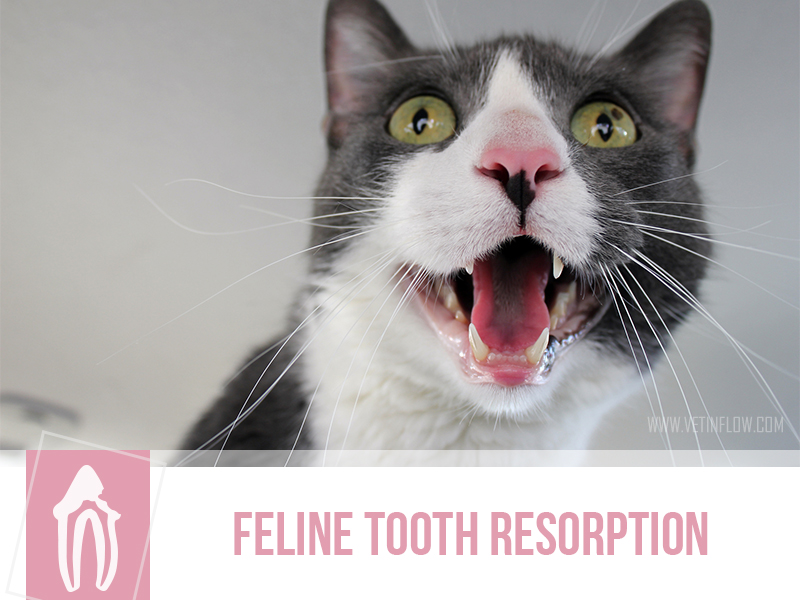Few things are as good as long walks through the dazzling Autumn colours of the great outdoors with our daring doggies.
In the spirit of keeping everyone healthy during the Autumn months, we just wanted to remind everyone that mushrooms are in season and that several of these species are highly toxic to our dogs.
Keep your dog away from any and all mushrooms you may find and this includes not just when you’re out for a nice walk but also the ones that may be growing in your garden. While the majority of mushrooms have no toxicity or at most cause mild problems, the ones that are indeed highly toxic can cause serious harm or even death to an unwary pet.
Distinguishing between them is something that should only be attempted by experts and even so, just to be on the safe side, don’t let your dog take a bite out of any of them (And don’t do it yourself unless you are confident you can identify them correctly!)
Many of the poisonous species produce toxins called amanitins and these are highly hepatotoxic, causing lethal damage to the liver and other organs. There are other types of toxins that produce digestive alterations and even mushrooms that produce hallucinogens. Hallucinogen ingestion will cause loss of balance, odd vocalisations, increased aggression and higher body temperature.
There are no specific antidotes! Animals require immediate, aggressive therapy to improve their chances of survival, so if you suspect your daring dog has eaten something they shouldn’t, take him or her to your vet without delay!
Would you like to know more about dogs? Check our Canine Courses:

